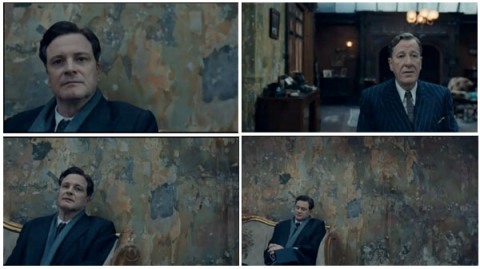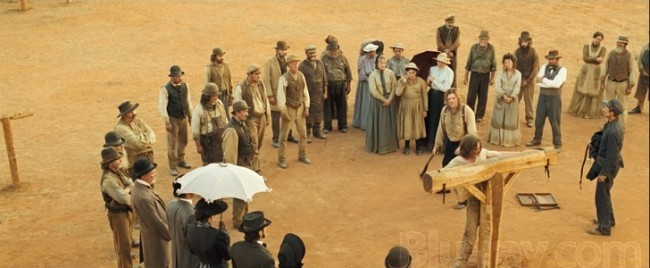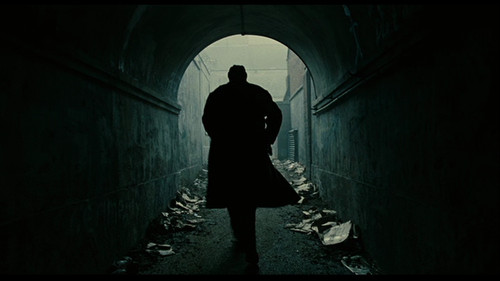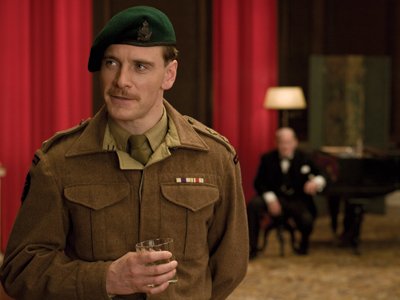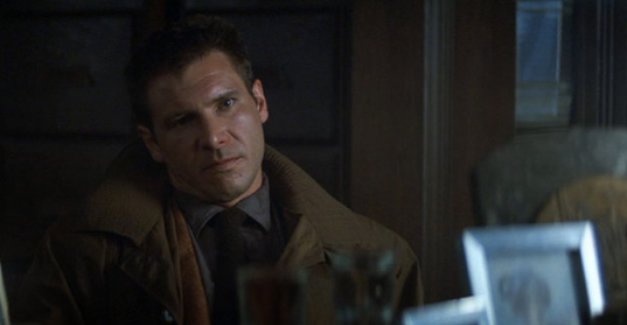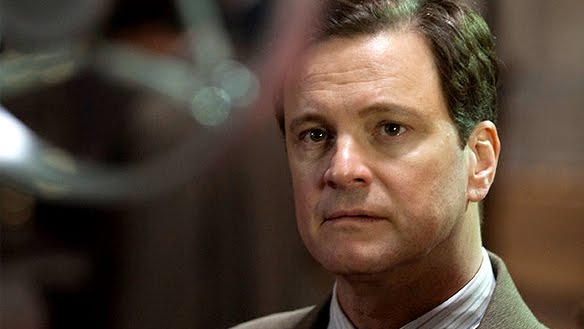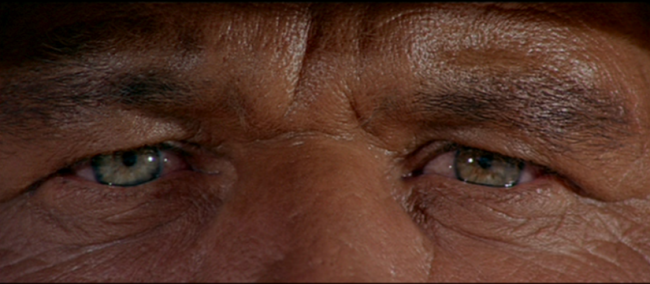Basic Shot Types
Thursday, June 11th, 2015
When making a film, where we position the camera is key to how we want the audience to feel about what is happening on screen. There are many camera composition techniques that can influence this but this blog will look at the basic shot types which is essentially the distance between a subject and the camera.
These are used to establish the area where a scene takes place. They are also often used to display action scenes.
Characters are shown from head to toe or the area where a scene takes place. They establish the scene and allow for good action of the characters. Sometimes this is known as the long shot.
Subjects are framed from waist to head. This is a common shot and allows for hand gestures and motion. This can also show the pov of a secondary character talking/being talked to in the shot.
These shots show the subject in more detail and are often framed from just below the shoulders to the top of the head.
These show a particular part of the subject. Characters are shown from head to shoulders. Close ups are used to show an important person/subject or used for important lines of dialogue.
Anything closer than a Close Up is classed as an Extreme Close Up. These are much tighter close-up shots showing detail greater than the human eye might be able to normally perceive.
If you want to create these kinds of images, you need the tools to do it. Arri Ultra Primes are some of the best lenses out there and can really add that cinematic feel to your productions.
Back To Blogs
